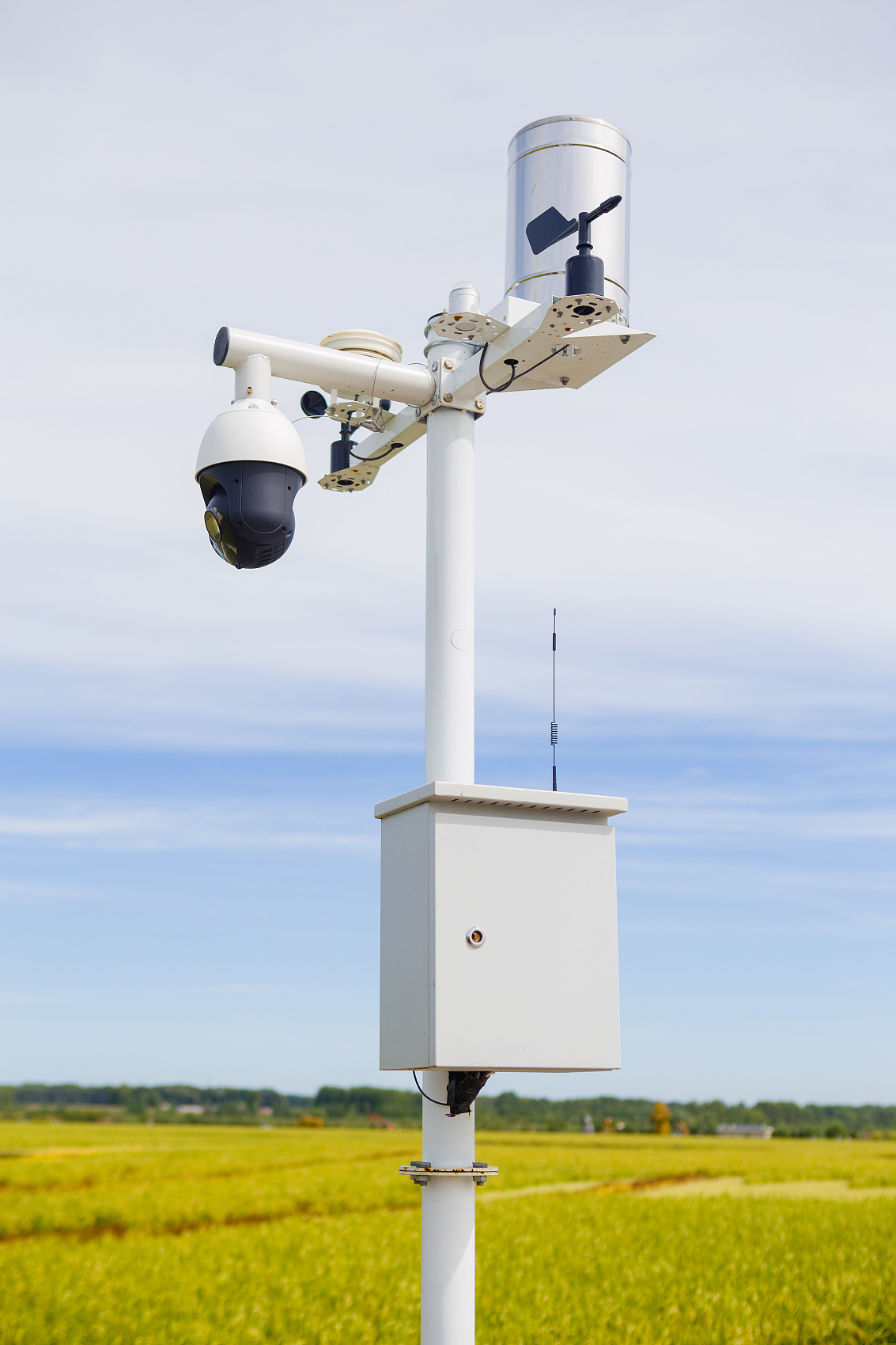When monitoring weather conditions for personal, agricultural, or industrial use, buying the right weather station or sensor is important. Choosing the wrong model can lead to inaccurate readings, higher costs, or a lack of necessary functionality. To help guide your decision, here are the key factors to consider when buying a weather station or sensor.
The primary consideration should be accuracy. Check that the weather station or sensor provides accurate readings. Important measures include temperature, humidity, wind speed, and air pressure. High-precision sensors are important for fields like agriculture.
Weather greatly impacts crop growth. They are also vital for environmental monitoring, where it is essential to detect small changes in conditions.
Tip: Look for products that offer high calibration standards and certifications for reliable performance.
Different sensors have different ranges. Some models work better for small operations. Others can monitor large outdoor areas or high-altitude places.
If you are buying a sensor for a specific locati0n, like a farm, make sure it covers the entire area. A weather station should provide data for the whole space you need.
Tip: Choose a station or sensor that fits the size of your monitoring area to ensure comprehensive data collection.
Modern weather stations come equipped with various sensors that measure different atmospheric parameters. Common sensors include:
Temperature sensors (thermometers)
Humidity sensors (hygrometers)
Wind speed and direction sensors (anemometers)
Barometric pressure sensors (barometers)
Make sure the station includes the sensors relevant to your specific needs, whether for industrial, agricultural, or research purposes.
Tip:
If you need special sensors for soil or air quality, look for stations that let you add more sensors.
In today’s connected world, wireless communication has become an essential feature. Weather stations with Wi-Fi, Bluetooth, or cellular connections let you access real-time data from anywhere. This makes monitoring easier and more efficient. This feature is particularly useful for industries that require continuous data collection and analyzing, such as for solar power generation or environmental monitoring.
Tip: Check if the weather station is compatible with your existing network or app for seamless integration.
Your weather station will face outdoor elements. Picking a model that can handle tough conditions is important.
Look for weather stations with an IP (Ingress Protection) rating. This rating shows they are dustproof and waterproof. These features make them good for extreme climates, like scorching hot, frigid cold, or torrential rainy weather.
Tip: Consider stations made from corrosion-resistant materials, especially if placed in coastal or industrial environments.
Data storage is important for long-term monitoring. It helps you review historical data for trends or patterns. Some weather stations come with cloud storage options, while others include local storage like SD cards. Additionally, the reporting features should allow easy export of data for analyzing or sharing.
Tip:
Select a model equipped with sophisticated data analysis capabilities. Seek features such as trend charts or notification systems. These tools can help you make smart decisions based on the data you collect.
Power supply is another crucial consideration, particularly for outdoor stations that need to operate independently. Weather stations can be powered via batteries, solar panels, or external power sources. For remote locations, solar-powered models are ideal. However, it’s important to consider the backup power options in case of a power failure.
Tip: Opt for models with low-power consumption or solar charging capabilities to minimize maintenance.
It might be tempting to choose the cheapest option. However, the lowest-priced model may not meet your needs for accuracy or durability. Instead, focus on finding a balance between cost and features that suit your needs.
Purchasing a quality station or sensor can lead to long-term savings. They provide more precise data and have greater durability.
Tip: Compare several models to ensure you're getting the best value based on your specific needs, rather than just focusing on the lowest price.

When buying a weather station or sensor, it is important to think about accuracy, sensor range, connectivity, and durability. To choose the best weather monitoring system for you, assess your needs and understand the features of different models.
Choosing the right weather station is important. It helps you collect reliable data. This is true whether you run a farm, a construction site, or an industrial facility. Smart decision-making depends on good data.
Discover how real-time weather station data impr
Discover how Automatic Weather Stations (AWS) ar
Discover how CODA gas sensors are the invisible
Contact: Molly
Phone: +86-17775769236
Tel: 86-0731-85117089
Email: molly@codasensor.com
Add: Building S5, Aux Square, Yuelu District, Changsha City, Hunan Province, China
We chat